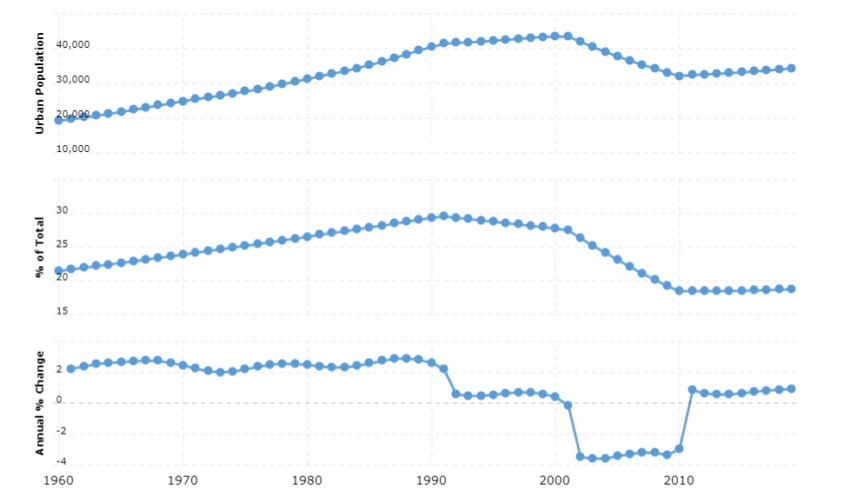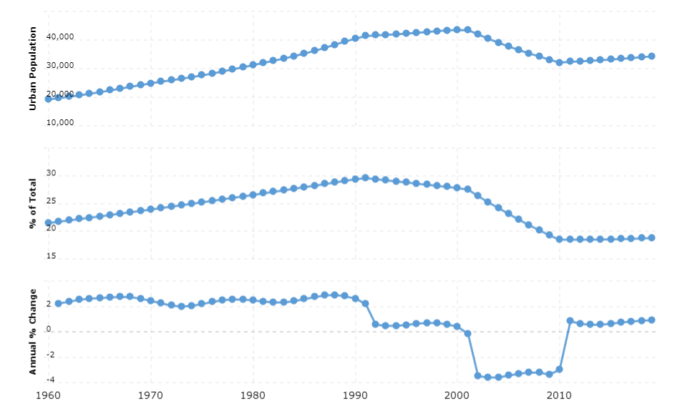Political system
In Saint Lucia, the British monarch is head of state and is represented on the island by a Governor General. However, the executive power is very much in the hands of the country’s government, which is responsible to the legislative parliament. Two political parties, the Conservative United Workers ‘Party (UWP) and the Left Liberal Saint Lucia’s Workers’ Party (SLP), have been taking turns to rule the country since independence from the British in 1979.
Saint Lucia is an independent state within the Commonwealth, consisting of Britain and the former British colonies. The Governor General is appointed on a proposal by the Prime Minister (the Head of Government) and primarily has formal duties. These include appointing the Prime Minister, who must be supported by a majority in Parliament. The government is led by the prime minister, who appoints other ministers.
Parliament has two chambers: the Senate and the lower house. The Governor-General appoints the eleven senators: two elect themselves, six are elected by the prime minister and three are elected by the opposition. The 17 members of the lower house are elected in general elections to be held for a maximum of five years. The voting age is 21 years.
Political parties
Short for ST, Saint Lucia’s politics are dominated by the country’s two oldest parties: the Conservative United Workers’ Party (UWP) and the left-wing Saint Lucia’s Labor Party (Saint Lucia’s Labor Party, SLP). Since independence in 1979, UWP and SLP have been rotating to hold government power for shorter or longer periods. The change of power has taken place in connection with free and general elections.
The other parties are very small and have no representation in Parliament.
Alongside the lots, there are well-organized pressure groups, especially among the banana growers.
The judiciary and human rights
The judiciary is built on a British pattern. Local court judgments can be appealed to an East Caribbean Supreme Court in Castries and further to the British Privy Council in London. Saint Lucia founded in 2005, together with eight countries within the regional cooperation organization Caricom, the Caribbean Court of Justice CCJ (Caribbean Court of Justice). In addition to serving as the highest court for the countries that wish, CCJ will also judge on issues related to Caricom’s internal market. In 2013, Saint Lucia initiated a process to replace the Privy Council with CCJ as the highest court.
Drug-related crime in the country has led to demands for tougher crimes against criminals. Since the beginning of the 21st century, a debate has been held about resuming the execution of sentenced prisoners. The last execution was carried out in 1993.
The country’s police force has received criticism from, among other things, the United States for police commands being guilty of several fatalities and unnecessarily violent methods in connection with the hunting of suspected criminals, such as drug dealers.

